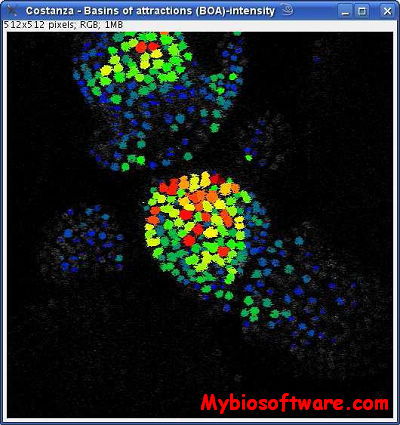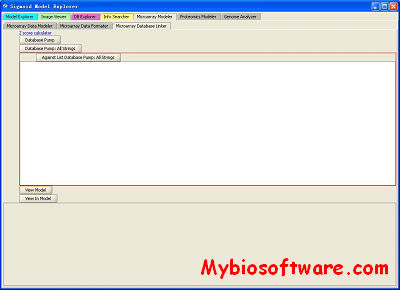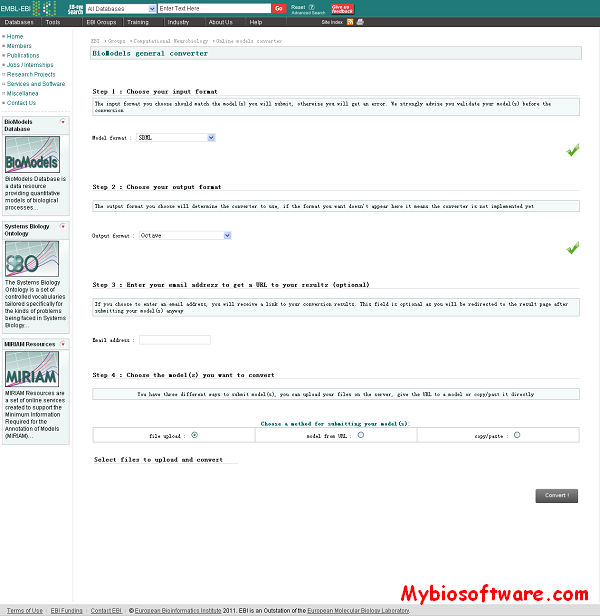Segtrack
:: DESCRIPTION
Segtrack is a library of MATLAB functions useful for prepocessing, segmenting, tracking, postprocessing, and other tasks used for treating biological image data. See the html main_index file included in the dowload package for more details.
::DEVELOPER
Scientific Inference Systems Laboratory
:: SCREENSHOTS
N/A
:: REQUIREMENTS
- Windows / Linux / Mac OsX
- MATLAB
:: DOWNLOAD
:: MORE INFORMATION
This library is free software; you can redistribute it and/or modify it under the terms of the GNU Lesser General Public License as published by the Free Software Foundation; either version 2.1 of the License, or (at your option) any later version.
contact:
T.Bacarian
tbacaria@uci.edu







